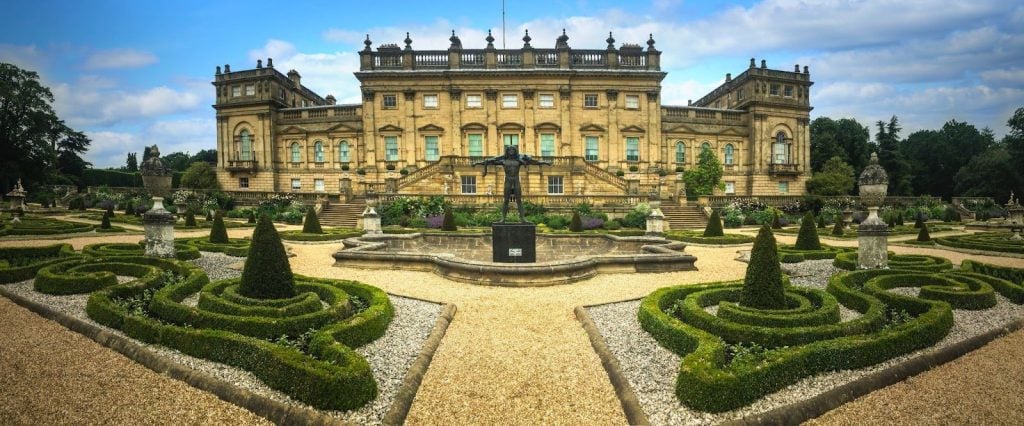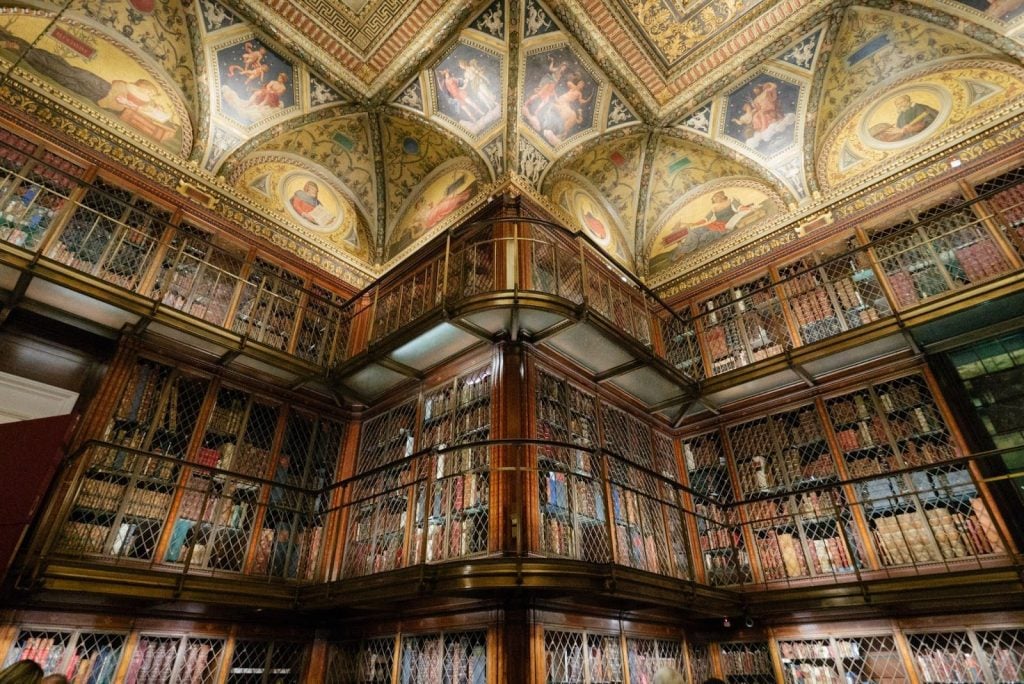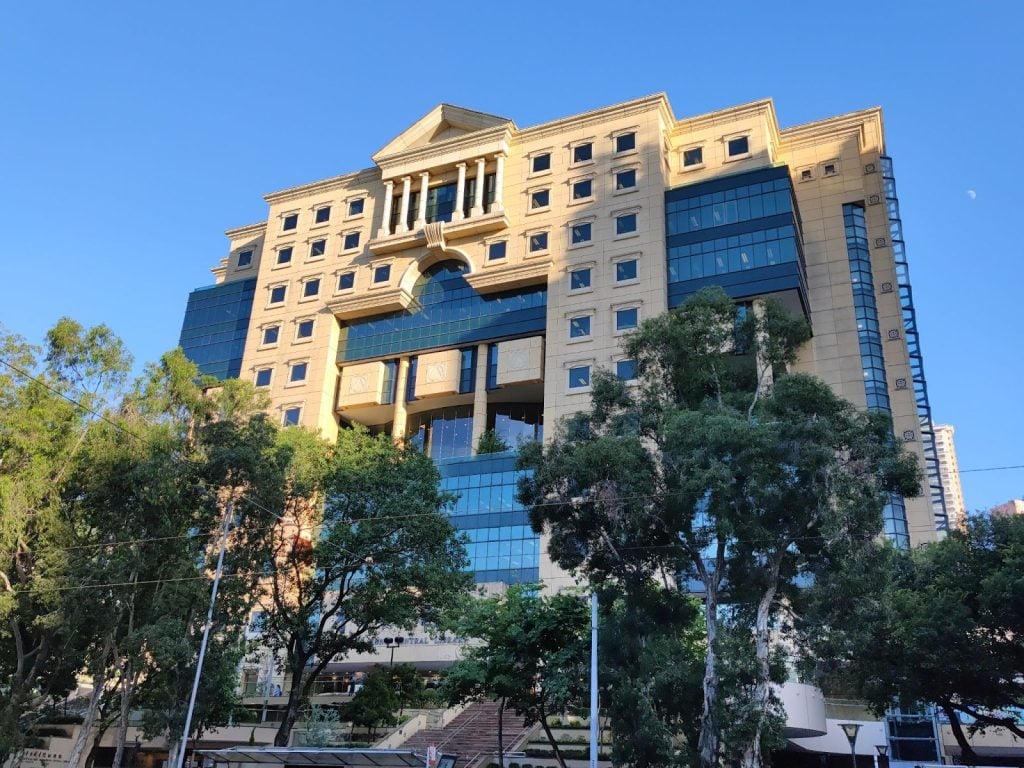BLOGS
Architectural Features and design philosophy of Mahogany Villas
Real estate and architecture go together.
There is a recurring overlap between the real estate and architectural industries. One of which is the attention to the history and characteristics of buildings. With their skilled eye for detailing and expertise in choosing the right set of construction materials, the work of qualified architects thrives in the real estate market.
Be it ancient or modern, real estate professionals often take advantage of the architectural features and design philosophy of a property to influence its appeal to buyers in the market. This selling technique has been popular, especially with consumers who are art enthusiasts.
One particular and popular architectural design that has been utilized for a long period of time is the Palladian style. With its rich background story, this article will take a look at how it can be used in housing projects like those of the luxury leisure estate in Batangas.

What is the history of Palladian Architecture?
Andrea Palladio, one of the most recognized in European architecture in the 16th century, was the mastermind behind Palladian architecture.
Palladio, who was born in 1508, introduced Palladian architecture that people have come to know and appreciate. He took inspiration from several Greek and Roman classical features. What made the Palladian style remarkable is Palladio’s clever use of symmetry in his Palladian designs. It’s so intricate that he makes use of mathematical proportions to ensure the quality of his work.
In his 1570s book entitled ‘I Quattro Libri dell Architettura’ or The Four Books of Architecture, he dwelled on his theories in the architectural field. His work has inspired other architects of his time and continues to influence the modern generation.
Palladio worked on several churches and houses, incorporating his signature style of having a temple-shaped portico on the exterior of the structures. Northern Italy’s popular Villa La Rotonda is one of Pallado’s most recognized creations.
Palladian architecture became favored by European nobility for its traditional design philosophy. This led to its spread throughout Europe and neighboring countries during Palladio’s time. This is all thanks to Inigo Jones and Lord Burlington’s effort of using Palladian style in their field of work. Meanwhile, the translation of Palladio’s books and design manuals into English triggered the beginning of the rise of Palladian architecture in North America from 1715 to 1720. As a result, Palladian style became a prominent architectural design in the area during the 18th and 19th centuries.
What is the design philosophy of Palladian Architecture?
Palladian style is identified by its classical symmetry and majestic appeal. It often mirrors half of its structure to create symmetrical stateliness in the building. For example, the columns used in Palladian architecture such as Corinthian ones, are commonly used to support porticos. Aside from pillars, Palladian’s design philosophy can also be seen in other parts of a classical building.

Palladian Style Characteristics
This type of architecture, which is often found in luxury leisure estates in Batangas, is known for its large and grandiose vibe. The palladian style gives an atmosphere of historic governance and elite power in government establishments or normal houses.
Here’s what to look out for when identifying Palladian structures from other types of construction:
1. Palladian Exteriors
Palladian style produces order by mirroring one side of the structure with the other. Architects geometrically place pillars or columns so that they’d create symmetry as a whole.
2. Palladian Window
Windows are often utilized in the Palladian style to create patterns. Inspired by Ancient Greeks and Roman temple, even windows are placed strategically to ensure the balance and satisfying symmetry of the building.
3. Palladian Interiors
Palladian style doesn’t only apply to the exteriors of a structure. Ceilings with this architectural type are often domed while the stone walls use plaster or pine panels.
Palladian Architecture as an Architectural Style
Just like luxury leisure estates in Batangas, Palladian architecture uses stone, stucco, or brick as material. The exterior isn’t heavily painted but is rather kept natural by leaving it as it is or using a neutral color. The roofs of Palladian structures vary. They can be flat, hipped, or domed on certain parts of a building.
Because of the majestic carvings incorporated in its columns, the Palladian style has a challenging but clean design appeal. It’s not the most common option for modern infrastructures however, many historical places still boast of their Palladian structures because of their history. This type of architecture is often looked upon by many and is used for tourism purposes.

Palladian Architecture vs. Neoclassical Architecture
If there are two types of architecture that are often confused to be the other, then that is Palladian and Neoclassical. The Palladian style became popular during the latter part of the 17th century until the early 18th century. Neoclassical architecture, on the other hand, became well-known mostly in the 18th century. Both use classical elements, symmetry, and order in their design philosophy but there’s a slight difference in them.
Neoclassical style is more extravagant and grandiose while Palladian is more on the streamlined side of the architectural spectrum. Nonetheless, both styles are majestic to look at.
Classical Architecture with Palladian Style
In other countries, particularly the US, Palladian structures are scattered. One of the landmarks there that use the style is The White House itself. Aside from that, more Palladian architecture is still standing despite the years that have passed such as:
- Villa La Rotonda – is a personal project of Andrea Palladio in Vicenza, Italy which began in 1567.
- The Banqueting House – inspired by Palladio’s design, Inigo Jones created this which led to the spread of the style in England.
- Chiswick House – is a Palladian construction with a brick front that uses Portland stone. One of its iconic features is its steep octagon dome.
- Stowe House – supported by Corinthian columns, the portico of this stands tall and goes well with the grandeur of its exterior.
The aforementioned places are just some of the well-known spots with Palladian style. Listing every Palladian structure would be time-consuming, this shows just how famous it is as an architectural design even up to now.
How does Palladian Architecture Spread in the Modern Era?
All-out Palladian architecture isn’t as popular now as it was before. However, the legacy of this design lives on in historical structures of the past. Many of the world’s most popular tourist destinations in Europe and America are decorated with Palladian motifs. In the Philippines, one of the most known structures that use the Palladian style is the Manila Post Office. Before its tragic accident recently, the Manila Post Office boasts its beautifully constructed columns that lined up its main entrance with order.
Moreover, some commercial and residential areas use the art of Palladian architecture as a luxury theme. Corinthian and ionic columns can be found in places like The Goshen Resort in Tarlac. A luxury leisure estate in Batangas also utilizes this style in its housing projects as well.
Palladian architecture remains to be prominent even in modern architectural style. Examples of Palladian architecture may be observed in the Palladian Buildings inspired Mahogany Villas luxury leisure estate in Batangas. From the iconic use of symmetry to the elegant carvings of ionic columns, Palladian’s work is proven to be timeless.
Found a new appreciation for Palladian-style architecture? This is the sign to incorporate into your next housing project! Don’t forget to check out the Mahogany Villas in Batangas so you can live that classical luxury estate dream.
Suggested Read: Taking You Back To Southern American Home Styles
Suggested Read: The Most Popular Locations For Luxury Real Estate
Suggested Read: Exploring The Beauty Of Tuscan Architecture
Suggested Read: Best Architectural Home Designs
Suggested Read: What Is Batangas Famous F0r















